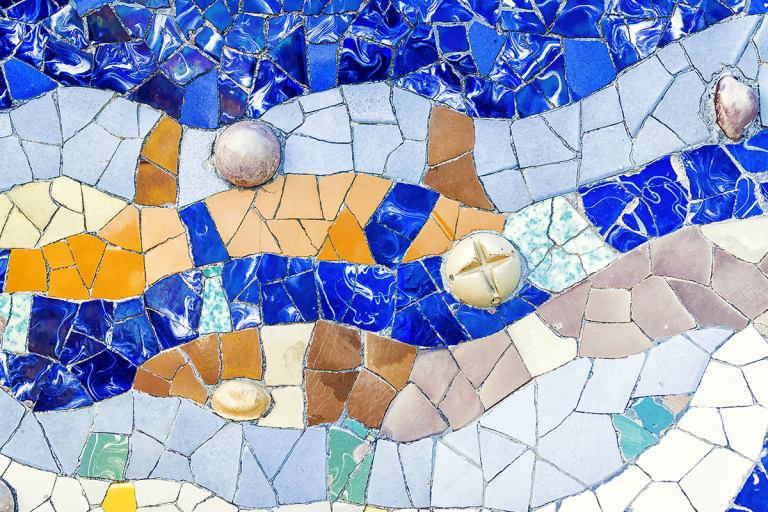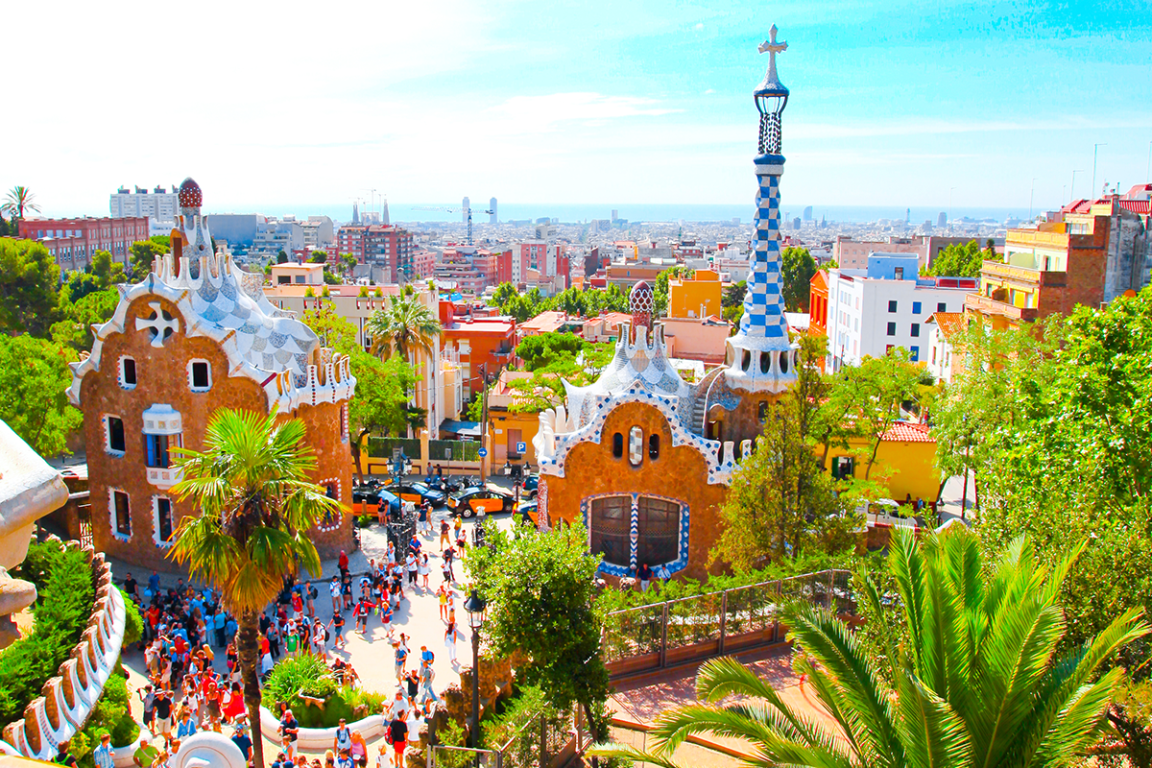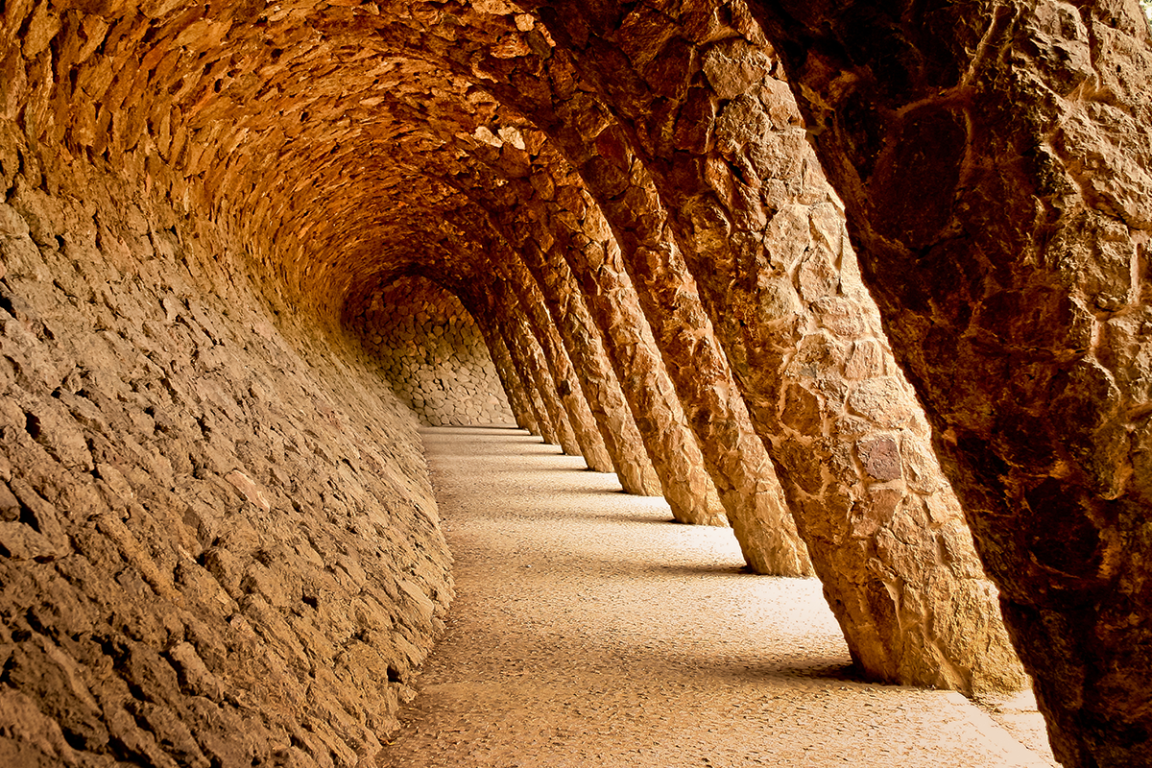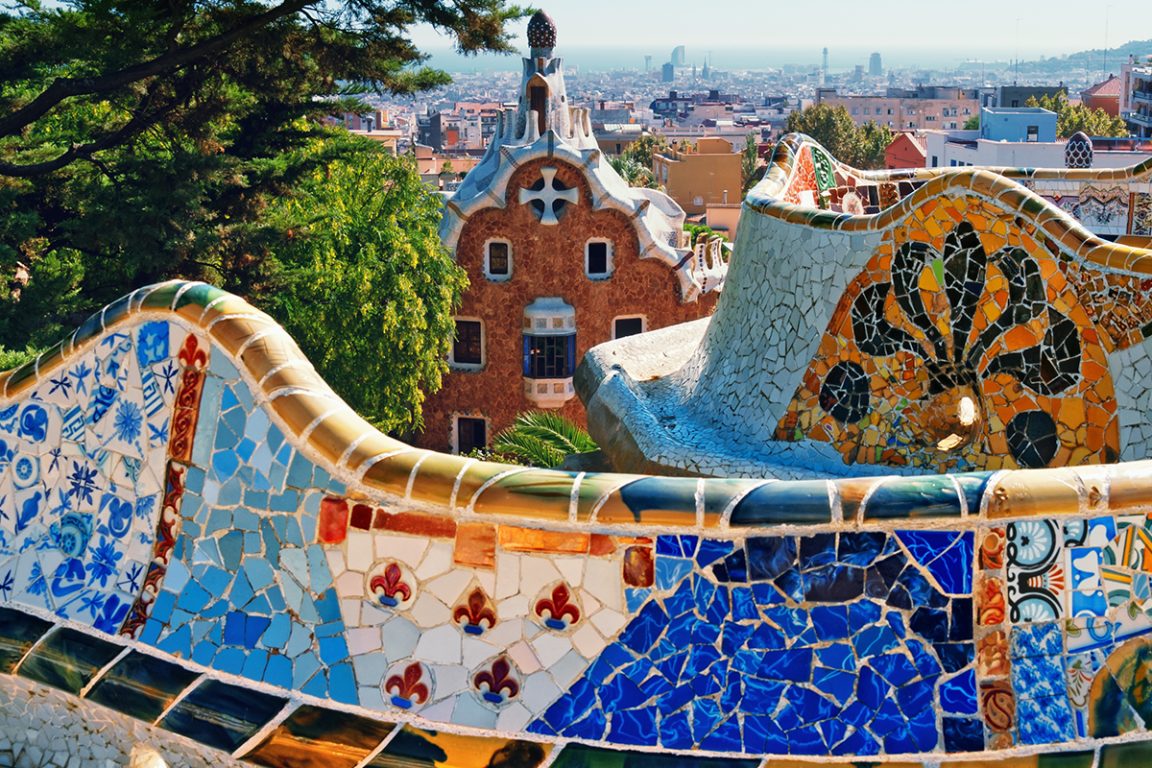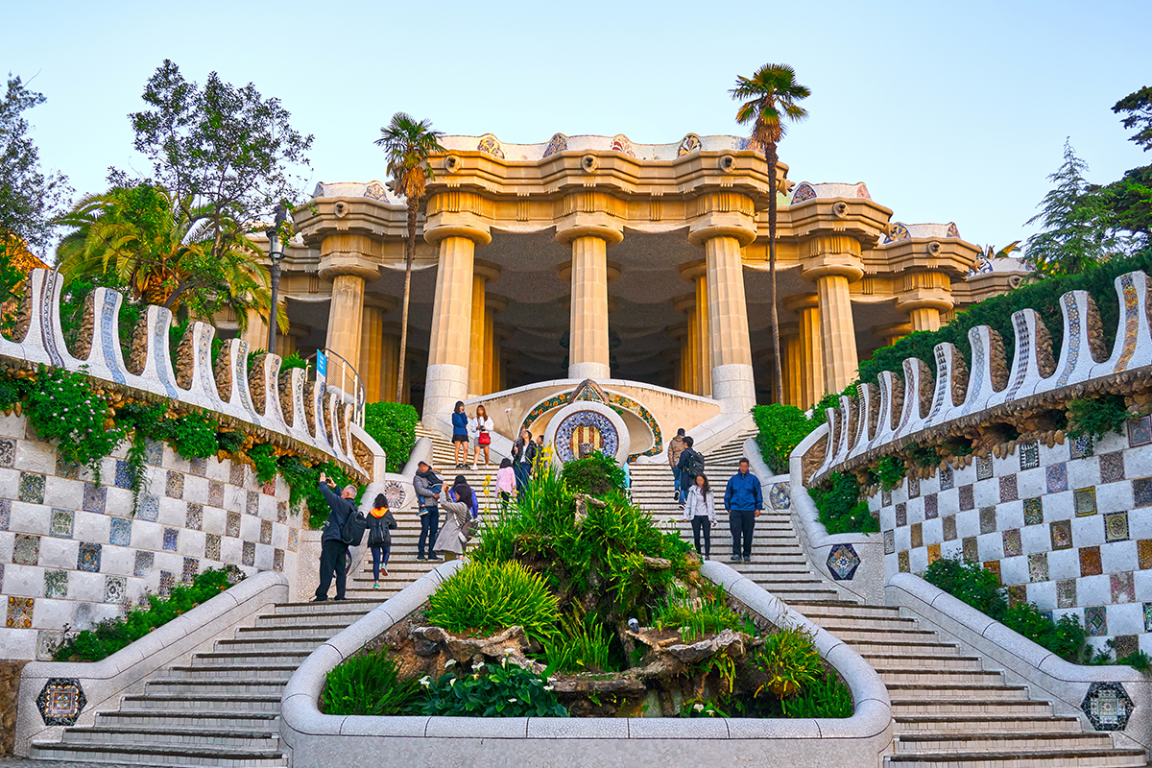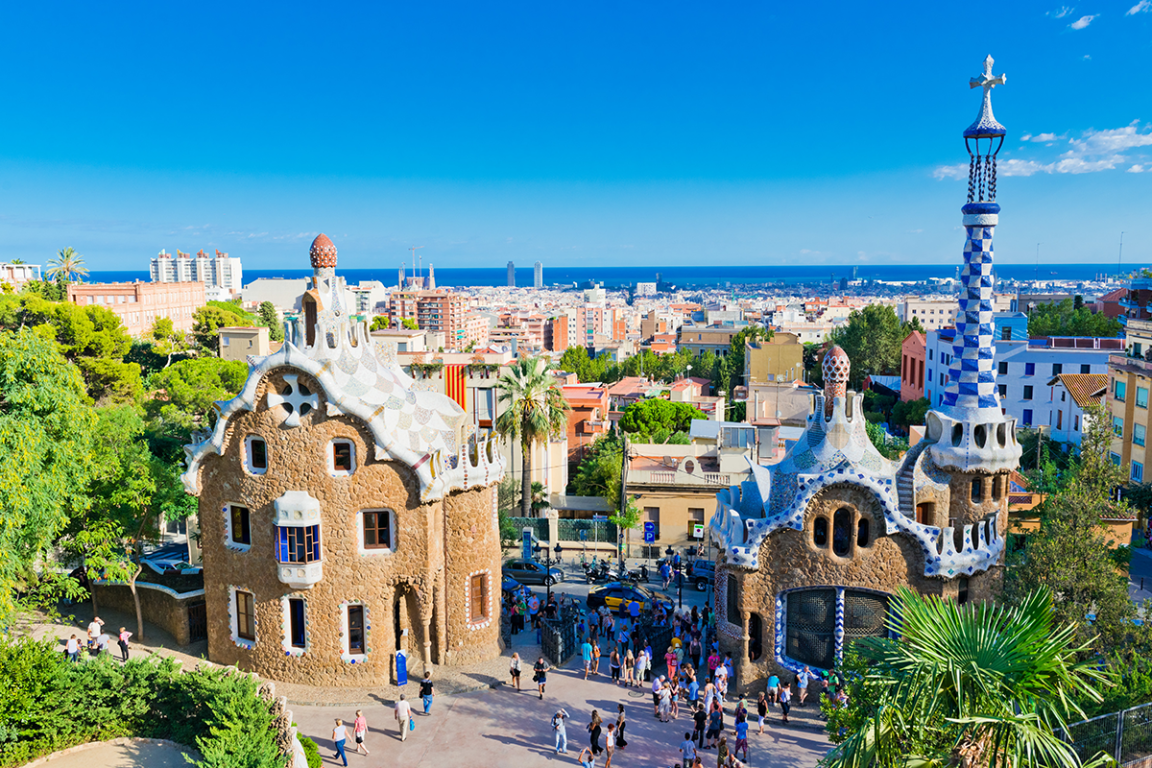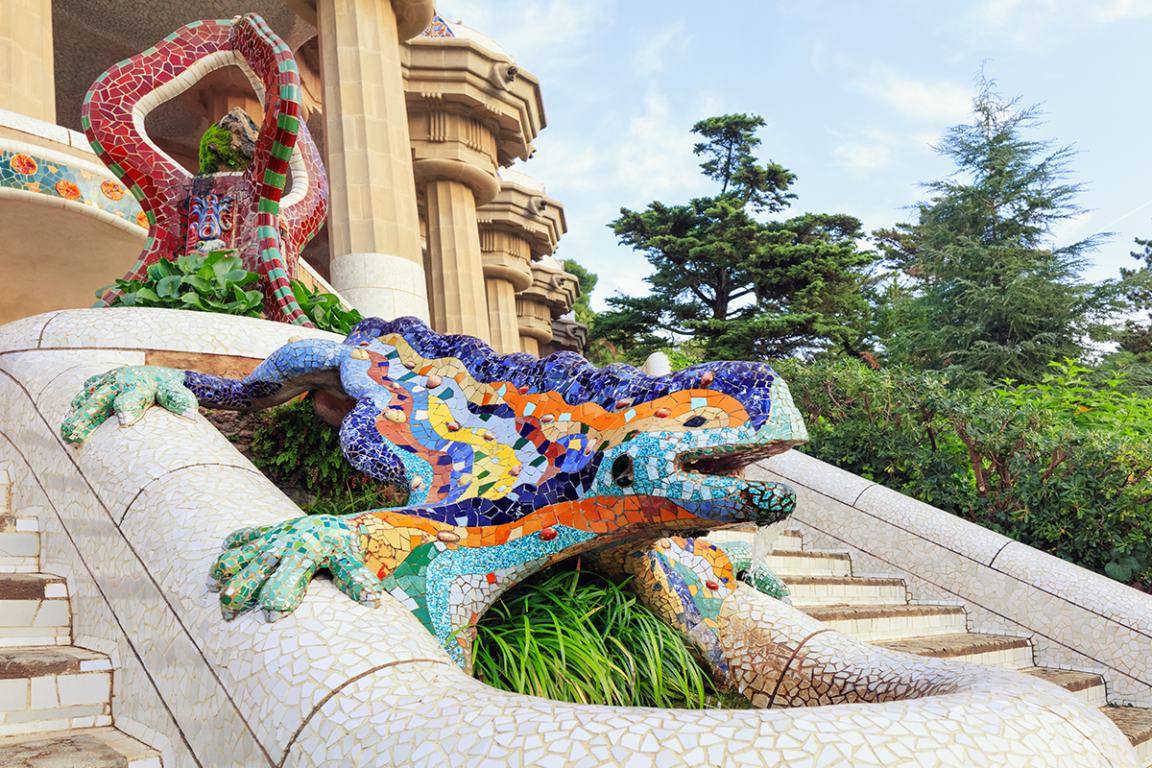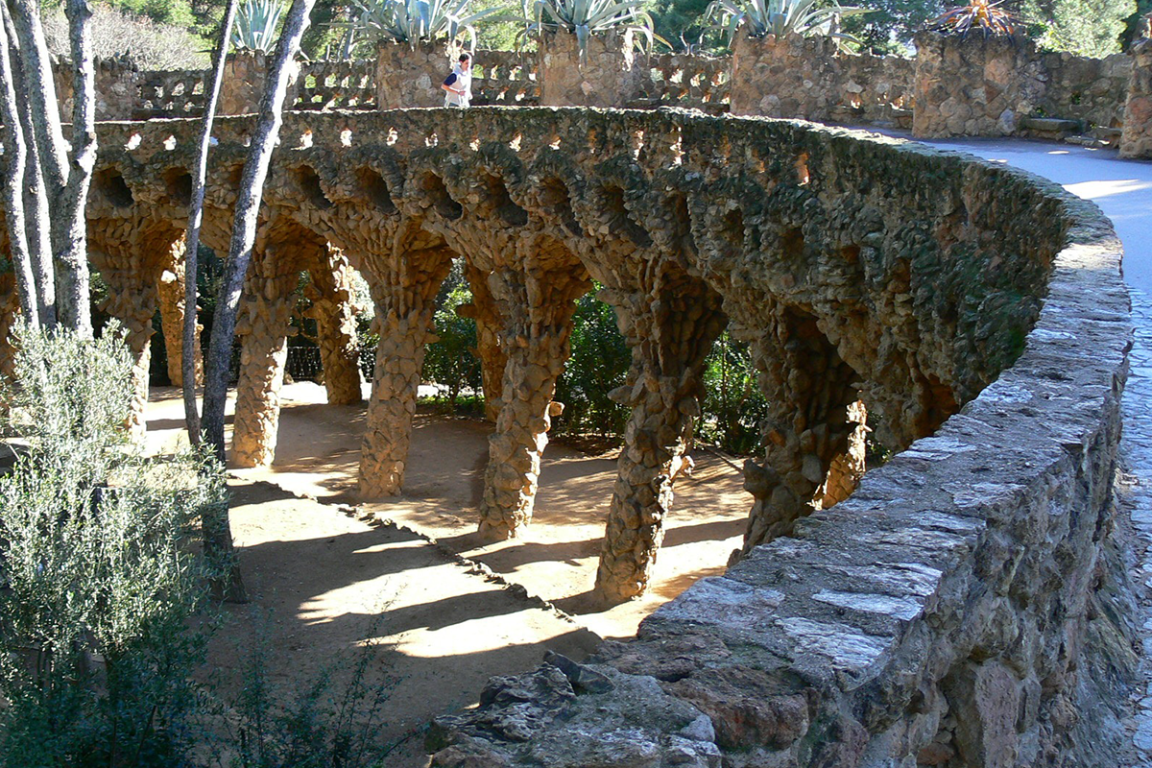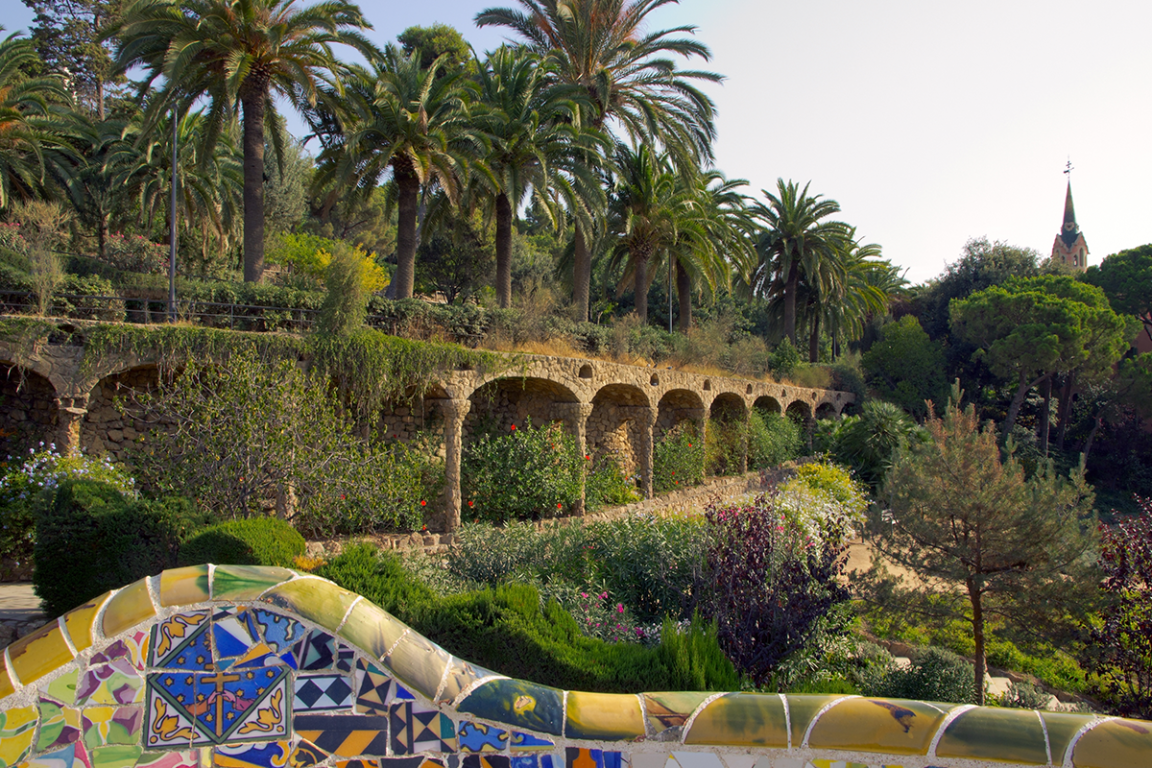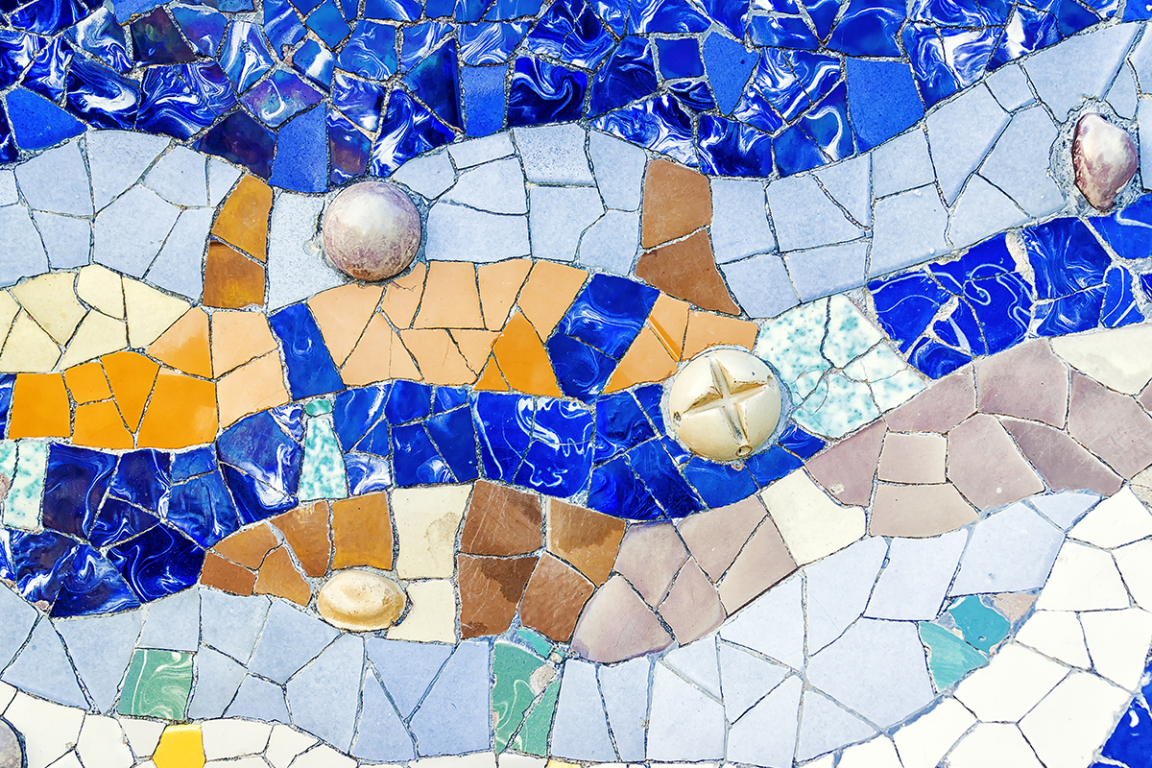Park Güell: Gaudí’s Fairytale Garden in Barcelona
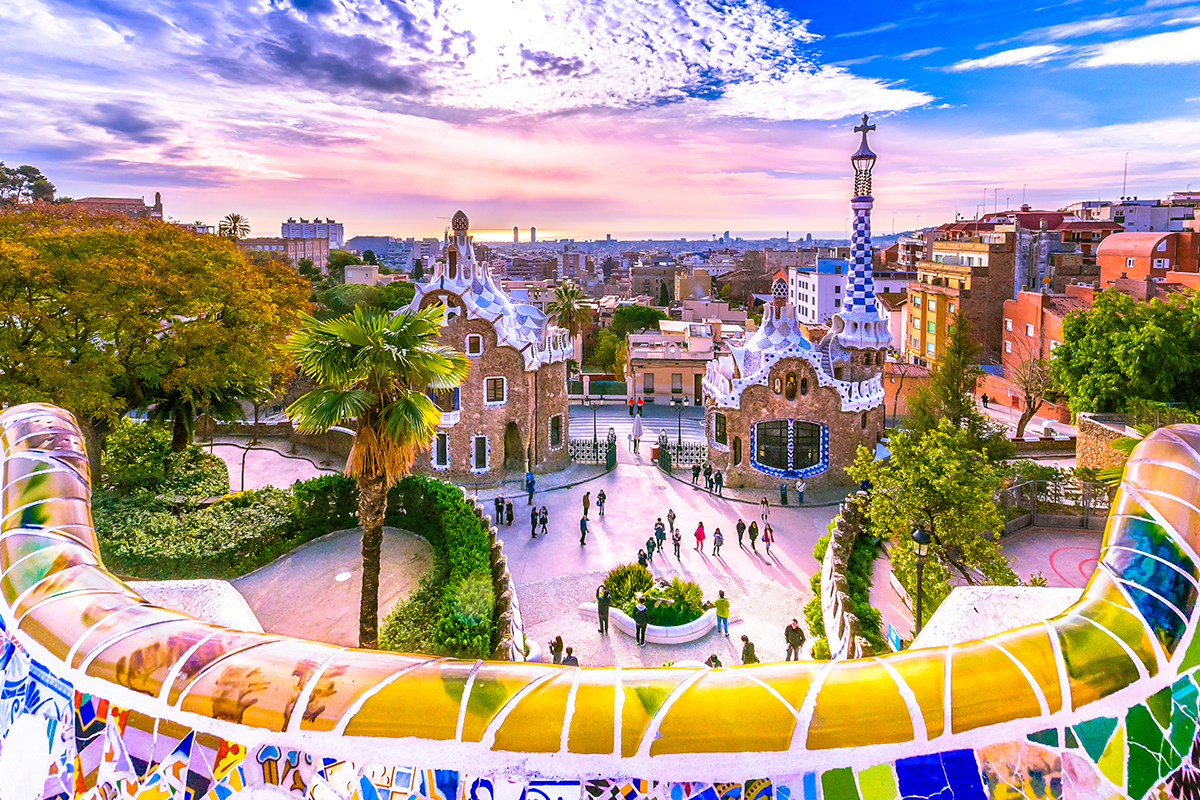
There are gardens, and then there is Park Güell. Step inside, and you feel less like you’re in Barcelona and more like you’ve wandered into a children’s storybook illustrated by a genius with a love of spirals, colour, and the odd salamander. That genius was Antoni Gaudí, a man who believed architecture should not just serve but sing. Before his stone forests and mosaic dragons, Gaudí was a shy, sickly boy from Reus, growing up with a keen eye for patterns in nature. Later, he became the flamboyant architect of Catalonia, giving form to the dreams of Catalan Modernism.
The Origins of a Dream
The story of Park Güell Barcelona begins not with Gaudí, but with Eusebi Güell, the wealthy industrialist who adored the English garden-city concept. He imagined a luxury housing development tucked away on Carmel Hill, far from the city’s industrial smog. Gaudí, already famous for his Gaudí architecture experiments, was the obvious choice.
Construction began in 1900. But the housing scheme failed—wealthy Barcelonians weren’t quite ready to move into Gaudí’s surreal garden suburb. Only two homes were ever built. Instead, what remained became something far more precious: a vast, unfinished playground of architectural imagination, blending Gothic fantasy, organic shapes, and mathematical precision.
By 1926, when Gaudí died tragically in a tram accident, the site had already been opened as a public park. In 1984, UNESCO declared it a World Heritage Site, recognising not only its architectural daring but its symbolic weight as a cultural icon of Barcelona.
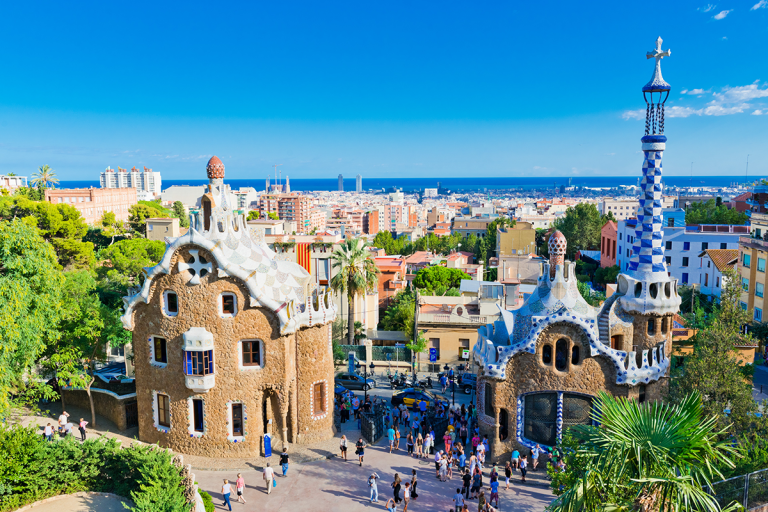
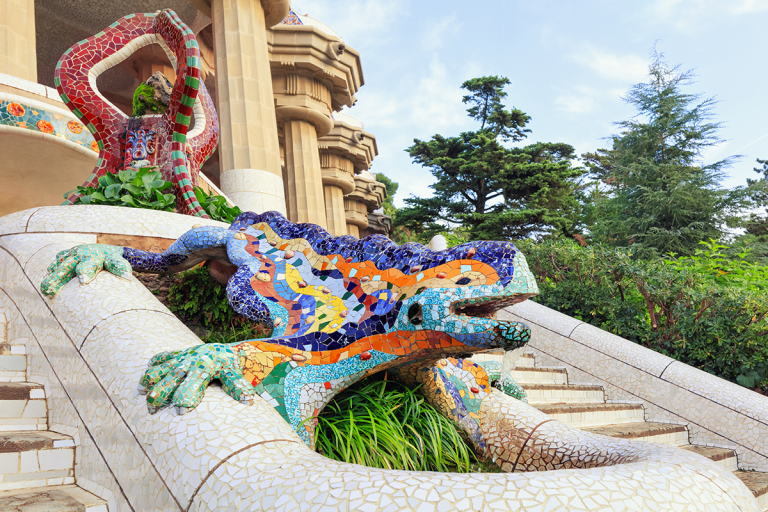
Gaudí’s Wonders of the Park
The Dragon at the Gate – El Drac
The first creature to greet you is the famous El Drac lizard, often called the salamander, glittering in shards of coloured tile. This mosaic guardian is more than Instagram bait: in Catalan culture, lizards are linked to protection, regeneration, and earth magic. Children climb on its back, while scholars debate whether it symbolises alchemy, a fountain of life, or simply Gaudí’s love of the animal world.
Casa del Guarda – The Gatekeeper’s House
Looking like something Hansel and Gretel left behind, the Casa del Guarda was originally intended as the porter’s lodge. Its swirling roof, gingerbread-like façade, and candy-coloured tiles are pure fairytale. Inside, the house doubles as a small museum, explaining Gaudí’s philosophy of nature-inspired design. Even the chimneys seem like sugar-dusted cupcakes, proving Gaudí never wasted a chance to delight.
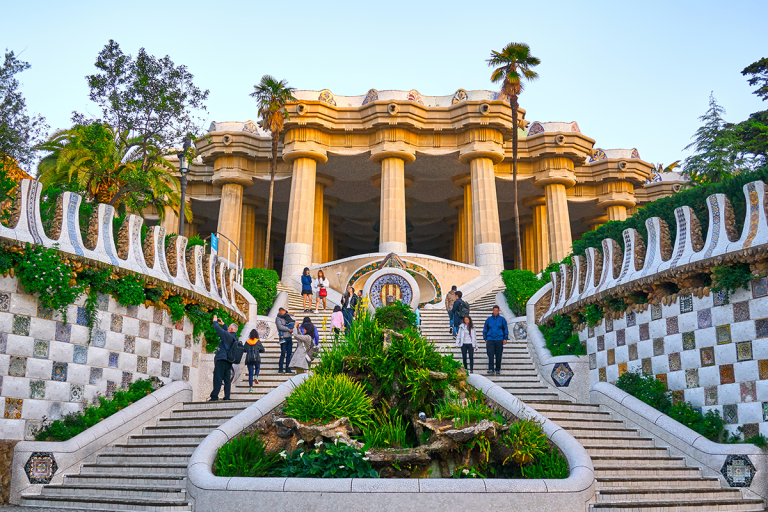
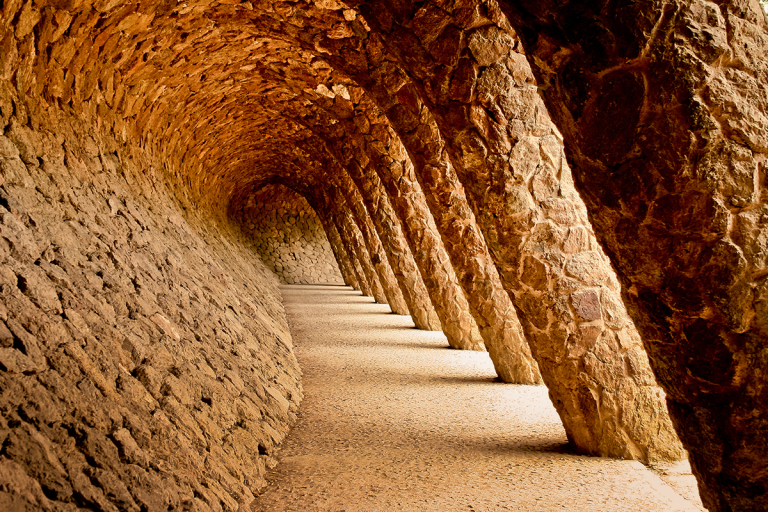
Hypostyle Hall – The Forest of Columns
Step into the Hypostyle Hall and you’re swallowed by a forest—not of trees, but 86 giant columns. This was meant to be the marketplace for Güell’s never-realised community. Above, the ceiling shimmers with circular mosaics designed by Gaudí’s collaborator Josep Maria Jujol, representing the sun, moon, and seasonal cycles. The hall has extraordinary acoustics: singers, guitarists, and the occasional opera enthusiast turn it into a natural concert chamber.
The Serpentine Bench – Barcelona’s Mosaic Crown
Perhaps the most famous seating arrangement in Europe, the serpentine bench curls across the terrace like a multicoloured ribbon. Covered in trencadís (broken-tile mosaics), it was designed not only for beauty but comfort—its ergonomic shape hugs the back perfectly. Locals gather here for sunset, when Barcelona’s rooftops and the Mediterranean beyond shimmer under Gaudí’s kaleidoscopic palette.
The Viaducts and Stone Pathways – Nature as Architecture
Gaudí despised straight lines, believing that nothing in nature was rigid. His viaducts twist like vines, arches echo caves, and walkways seem to grow out of the hillside. The most striking is the “Laundry Room Portico,” with leaning stone columns that appear to be caught mid-dance. It is here, among the shadows and sunlight, that you feel Gaudí’s deep reverence for organic forms.
The Spirit of Gaudí in the Park
What makes Park Güell Barcelona more than a garden of curiosities is its philosophy. Gaudí’s Catholic mysticism blended with Catalan identity and a scientific eye. Every tile and column has a symbolic undertone: the alignment with the sun, the echoes of Mediterranean marine life, the play of geometry hidden in nature.
For Gaudí, beauty and function were inseparable. Rainwater collection systems were integrated into the park’s design, while the serpentine bench was both art and communal seating. Even the dragon fountain doubles as part of the drainage system.
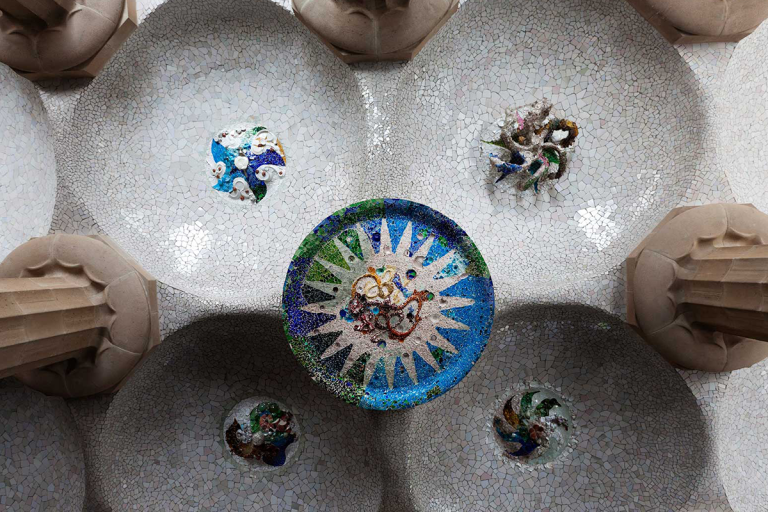
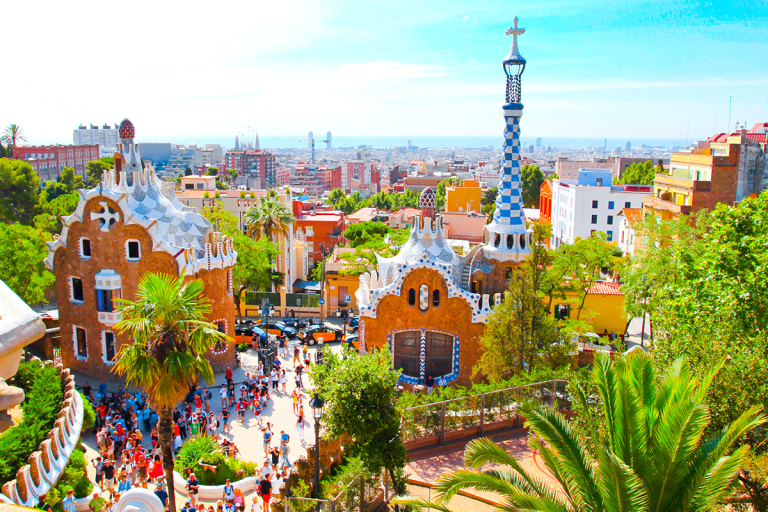
The Part That Stays With You
What lingers after leaving Park Güell is not just the colour or the crowds, but the feeling that for a brief moment, you walked inside someone’s imagination. Gaudí refused to see architecture as static. His spaces breathe, sing, and sometimes even joke with you. Park Güell is Barcelona’s most joyful inheritance, proof that cities need not be all stone and steel—they can also dream in mosaics.
Did You Know?
- Gaudí lived inside the park for a time, in one of the two completed houses. That house is now the Gaudí House Museum.
- The trencadís technique (broken-tile mosaics) was born out of thrift—Gaudí used discarded ceramics from nearby factories.
- The salamander is not officially a “dragon”—locals call it El Drac, but Gaudí never left written notes explaining its true meaning.
- The park’s layout echoes a theatrical stage, with the Hypostyle Hall as backstage, the terrace as stage, and the city below as audience.
- Early visitors called the park “the Garden of the Fairy Tale”, long before mass tourism discovered it.
